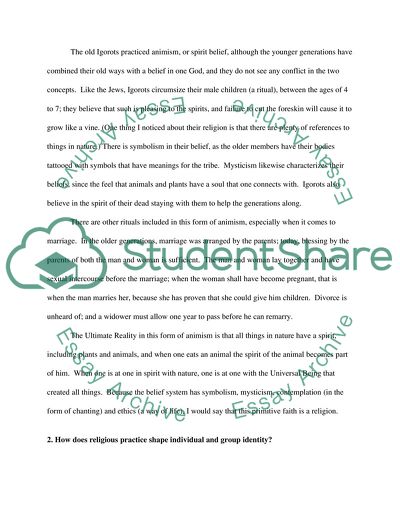Cite this document
(Religion, Culture, and Identity Essay Example | Topics and Well Written Essays - 1750 words, n.d.)
Religion, Culture, and Identity Essay Example | Topics and Well Written Essays - 1750 words. https://studentshare.org/religion-and-theology/1743254-culture-religion-and-identity
Religion, Culture, and Identity Essay Example | Topics and Well Written Essays - 1750 words. https://studentshare.org/religion-and-theology/1743254-culture-religion-and-identity
(Religion, Culture, and Identity Essay Example | Topics and Well Written Essays - 1750 Words)
Religion, Culture, and Identity Essay Example | Topics and Well Written Essays - 1750 Words. https://studentshare.org/religion-and-theology/1743254-culture-religion-and-identity.
Religion, Culture, and Identity Essay Example | Topics and Well Written Essays - 1750 Words. https://studentshare.org/religion-and-theology/1743254-culture-religion-and-identity.
“Religion, Culture, and Identity Essay Example | Topics and Well Written Essays - 1750 Words”. https://studentshare.org/religion-and-theology/1743254-culture-religion-and-identity.


